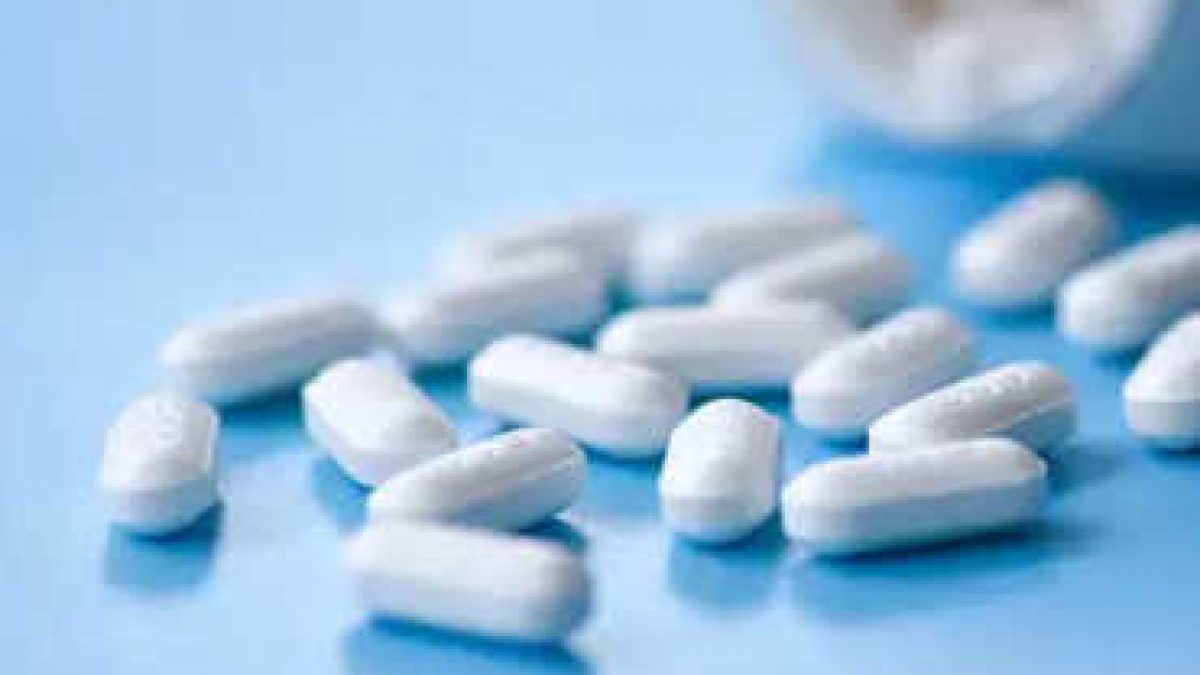A significant finding has been made by researchers who are creating oral insulin tablets to replace daily insulin injections. Researchers have found that rats absorb insulin from the most recent iteration of their oral tablets in a manner similar to that of insulin administered intravenously.
Professor Dr. Anubhav Pratap-Singh (he/him), the principal investigator from the faculty of land and food systems, says, “These exciting results show that we are on the right track in developing an insulin formulation that will no longer need to be injected before every meal, improving the quality of life, as well as mental health, of more than nine million Type 1 diabetics around the world.”
He reveals that his diabetic father, who has been injecting insulin three to four times a day for the past 15 years, served as the motivation for his hunt for a non-injectable insulin.
The senior fellow in Dr. Pratap-lab, Singh’s Dr. Alberto Baldelli (he/him), claims that they are currently observing nearly 100% of the insulin from their tablets move directly into the liver. In earlier attempts to create an insulin that could be drank, the majority of the insulin would build up in the stomach.
“We did not discover any insulin in the stomachs of the rats we tested, not even two hours after delivery.
According to Yigong Guo (he/him), the study’s primary author and a PhD candidate who worked closely on the project, it was all in the liver, which is the perfect target for insulin.
Changing the delivery method
Injections are not the most convenient or comfortable method for diabetic sufferers to receive their insulin. However, the UBC team tried to determine where and how to enable a higher absorption rate in light of the fact that a number of different oral insulin substitutes were also being researched and produced.
A second form of tablet, created by Dr. Pratap-team, Singh’s dissolves when put between the gum and cheek rather than being swallowed.
The thin membrane that lines the inner cheek and rear of the lips is used in this procedure (also known as the buccal mucosa). It transported all of the insulin to the liver without wasting or degrading any of it.
“We typically need 100iu of injectable insulin every injection. Another issue we’ve been attempting to solve is that other ingested pills being created that go to the stomach may require 500iu of insulin, which is largely squandered.
Fast-release injectable insulin can be fully released in 30-120 minutes, but the majority of oral insulin tablets in development tend to release insulin slowly over two to four hours.
According to Dr. Baldelli, “our oral delivery tablet absorbs after half an hour and can last for roughly two to four hours long.” rapid-acting insulin injection.
Possibile large advantages
Human trials for the investigation have not yet begun, and according to Dr. Pratap-Singh, they will need additional time, money, and colleagues before they can begin. Beyond the obvious potential advantages for diabetics, he claims that the tablet they are developing might also be more accessible, affordable, and sustainable.
According to Dr. Pratap-Singh, more than 300,000 Canadians must inject insulin many times daily.
There would be no issue with an oral tablet, but there would be a lot of environmental waste from the needles and plastic from the syringe that might not be recycled and end up in a landfill.
He notes that they are hoping to lower the price of insulin per dosage since their oral substitute may be less expensive and simpler to produce. For diabetics who presently have to think about keeping their doses cool, transporting the tablets would be simpler.





